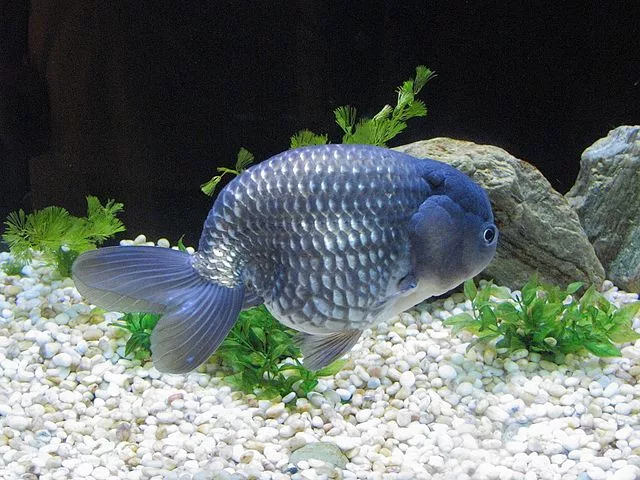
Goldfish, with their vibrant hues and graceful swimming, have long captivated the hearts of both seasoned aquarists and casual admirers. One intriguing phenomenon that has puzzled fish enthusiasts for ages is the ability of goldfish to change their color. From a young age, goldfish can exhibit a wide range of pigmentation, often leaving observers wondering about the reasons behind this captivating transformation. In this article, we delve into the various factors that influence the color change in goldfish and shed light on the mysteries behind their chromatic metamorphosis.
Genetics: The Foundation of Coloration
The genetic makeup of goldfish plays a crucial role in determining their coloration. Different species and varieties of goldfish possess unique sets of genes responsible for pigmentation. Common goldfish, for instance, exhibit shades of red, orange, and white, while fancy goldfish types like the Oranda or Ryukin can display an array of vibrant colors, including red, white, black, blue, and calico patterns.
Additionally, genetic mutations and variations can contribute to color changes in goldfish. These mutations can affect the production, distribution, or intensity of pigments, resulting in alterations in coloration. The interplay of genetic factors sets the foundation for the potential color changes goldfish can experience throughout their lives.
Environmental Factors: The Color Shapers
While genetics provide the groundwork, environmental factors can profoundly influence the color expression in goldfish. Some of the key elements that impact goldfish coloration include water quality, lighting conditions, diet, and temperature.
Water Quality: The quality and parameters of the water in which goldfish reside can have a significant impact on their color. Poor water conditions, such as high ammonia or nitrate levels, can cause stress and lead to fading or dullness in the fish’s coloration. On the other hand, pristine water conditions with adequate filtration and regular water changes can enhance the intensity and vibrancy of a goldfish’s color.
Lighting Conditions: Lighting plays a crucial role in how goldfish appear in terms of color. Different wavelengths of light can affect the perception and reflection of pigments in the fish’s scales. Adequate lighting, particularly full-spectrum lighting that replicates natural sunlight, can showcase the full potential of a goldfish’s coloration.
Diet: The food goldfish consume can influence their color to some extent. Certain pigments, such as carotenoids, are obtained through the diet and can enhance the red, orange, and yellow hues in goldfish. A well-balanced and nutritious diet rich in high-quality commercial fish food and occasional supplementation with vegetables or fruits can help maintain and enhance the vibrant colors in goldfish.
Temperature: The temperature at which goldfish are kept can also impact their coloration. Cooler temperatures tend to intensify colors, especially in certain varieties such as the Ranchu or Lionhead, which develop a deeper red or black hue when exposed to colder temperatures. However, extreme temperature fluctuations or very high temperatures can be stressful for goldfish and may negatively affect their coloration.
Maturity and Age: The Color Transformation
Goldfish go through a natural color transformation as they mature and age. Young goldfish often exhibit different color patterns compared to their adult counterparts. For instance, some goldfish may start their lives with a predominantly black or brown coloration, only to develop more vibrant colors as they grow older. This gradual change is attributed to hormonal and physiological changes that occur with age.
In certain cases, goldfish can experience spontaneous color changes, even in adulthood. These changes can be triggered by various factors, including hormonal imbalances, injuries, or stress. The alteration in pigmentation is often temporary and can range from a slight shift in hue to a complete